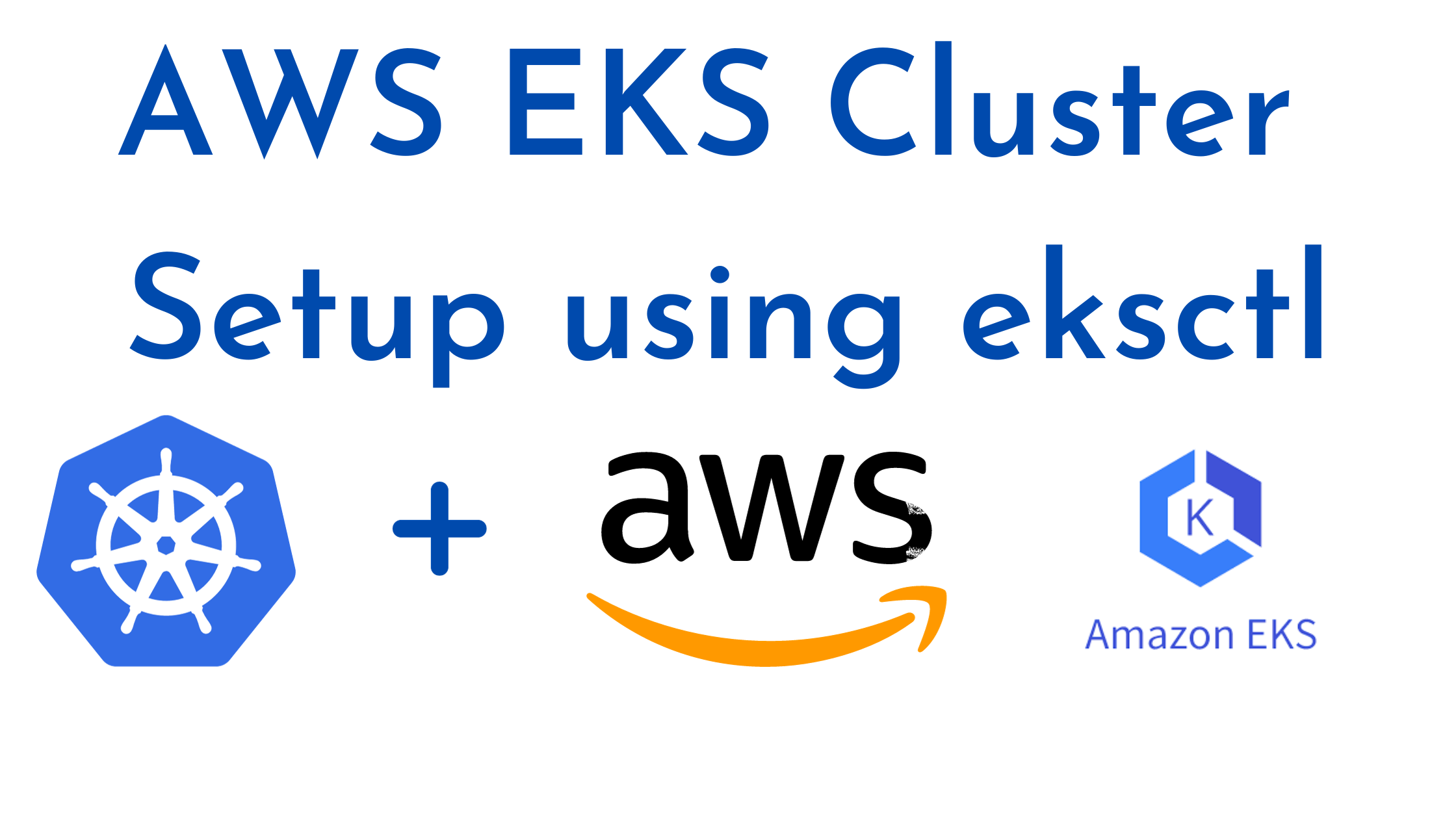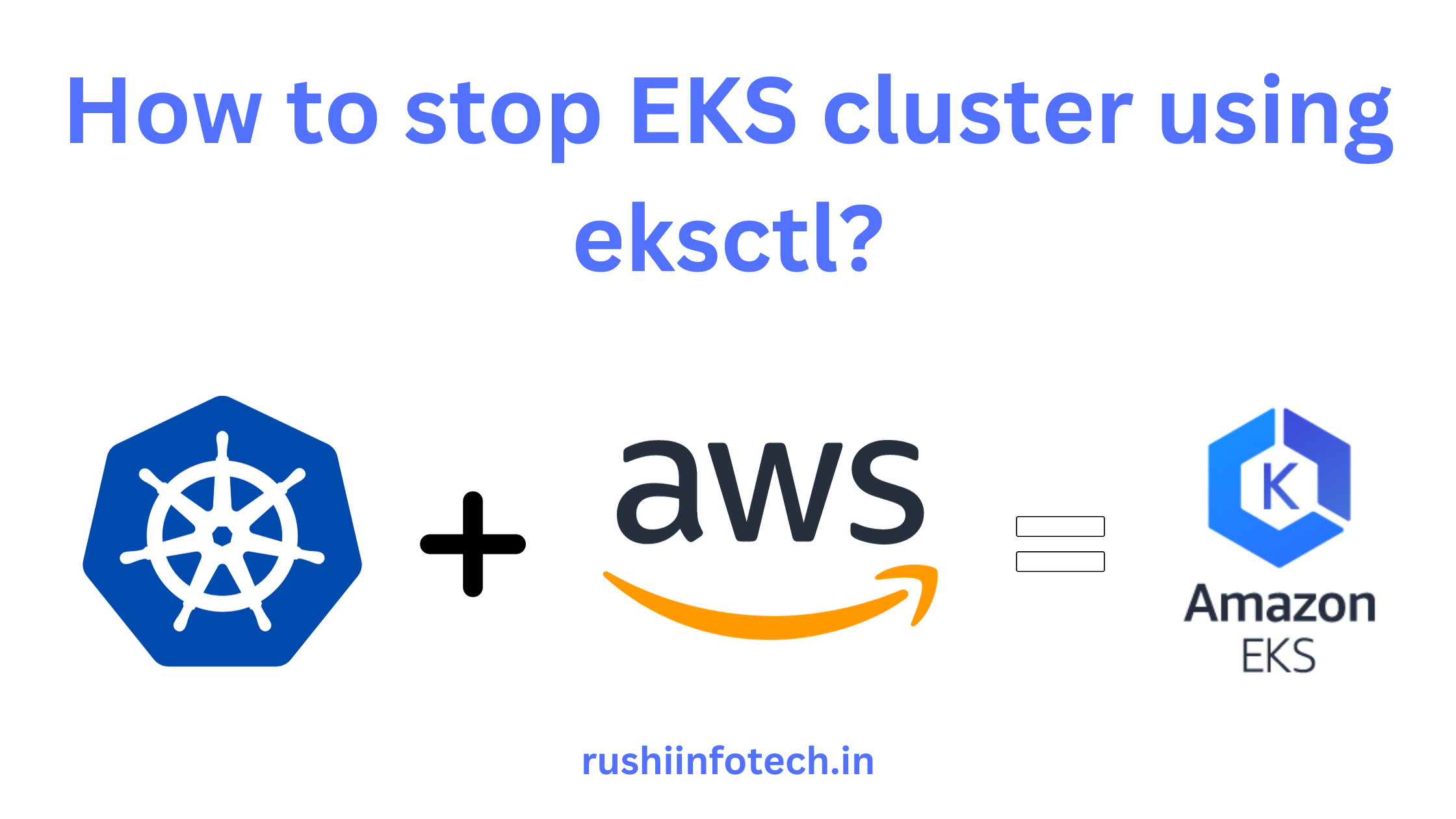Kubernetes, often abbreviated as K8s, is a powerful container orchestration system that automates the deployment, scaling, and management of containerized applications. Kubernetes is built around a cluster-based architecture. Here’s an overview of the main components:
Nodes:
Master Node(s):
API Server: Serves as the entry point for all REST commands used to control the cluster. This is where kubectl commands interact.
etcd: A consistent and highly available key-value store for all cluster data. It’s the primary data source for Kubernetes.
Controller Manager: Runs various controllers that handle routine tasks in the cluster.
Scheduler: Places containers based on resource requirements, constraints, and other factors.
Note: For high availability (HA), you might have multiple master nodes.
Worker Node(s):
Kubelet: An agent running on each node ensuring containers are running in a Pod.
Kube Proxy: Maintains network rules for Pod communication.
Container Runtime: Software responsible for running containers, e.g., Docker or containerd.
- Pods:
- The smallest deployable unit in Kubernetes. A pod can house one or multiple containers. Pods have a unique IP within the cluster and can define volume storage.
- Services:
- A way to expose an application running on a set of Pods as a network service. Types include ClusterIP, NodePort, LoadBalancer, and ExternalName.
- Config & Storage:
- ConfigMap and Secret: Allow environment-specific configuration separation from application images.
- Persistent Volumes (PV) & Persistent Volume Claims (PVC): Storage resources provisioned by administrators and claimed by users.
- Controllers & Resources:
- Deployments, StatefulSets, DaemonSets, ReplicaSets: Different controllers/resources to ensure the desired state and availability of applications.
- Jobs and CronJobs: One-off and periodic tasks respectively.
- Networking:
- Pods in a Kubernetes cluster can communicate with each other out of the box, and you can establish policies to control network access.
- Ingress & Egress:
- Ingress: Manages external access to services within a cluster, typically HTTP.
- Egress: Controls outbound traffic.
- Authentication & Authorization:
- Various mechanisms such as Role-Based Access Control (RBAC), node restriction, etc., to ensure security.
- Logging & Monitoring:
- Integrations with systems like Prometheus for monitoring and Fluentd or ELK stack for logging.
- Storage Plugins & Network Plugins:
- These plugins allow Kubernetes to use various cloud providers or storage systems as backends.
- Other Abstractions:
- Namespaces: Allow for multiple virtual clusters within the same physical cluster.
- Labels & Selectors: Used to organize resources and to select subsets.
To ensure efficient orchestration, communication, and management of these components, Kubernetes relies on its control plane (usually residing on the master nodes) and data plane (residing on the worker nodes).
When planning for a Kubernetes cluster, it’s crucial to consider scalability, availability, security, and where the cluster will be hosted (e.g., on-premises, cloud, hybrid). Depending on the requirements, one can then tailor the architecture accordingly.


